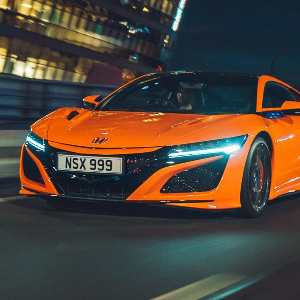
Can Ford’s award-winning Fiesta transfer its talents over to the commercial vehicle sector? Ted Welford grabs the keys to find out
What is it?
Ford has one of the most extensive commercial vehicle line-ups of any manufacturer, and of course it’s the Transit and all its many derivatives that grab the limelight, quite rightly.
But in doing that, buyers are looking past the smallest of all Ford’s commercial vehicles (CVs) – the Fiesta Van. This supermini-based model is nothing new, as there’s been a van variant of nearly every generation of Fiesta, which have always worked on a perfect balance between practicality and fun.
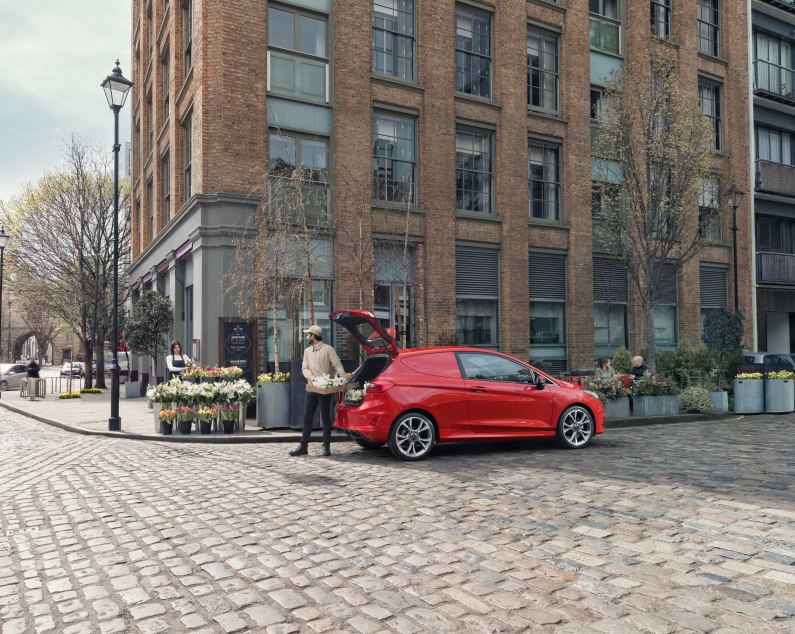
(Ford)
But the number of supermini-based vans on sale has plummeted, with firms such as Peugeot, Renault and Fiat all exiting this sector. This leaves Ford in a unique position with its latest Fiesta Van.
What’s new?
As with the new seventh-generation Fiesta, the Van benefits from a new ‘Sync 3’ infotainment system, a bolder look and the latest engines.
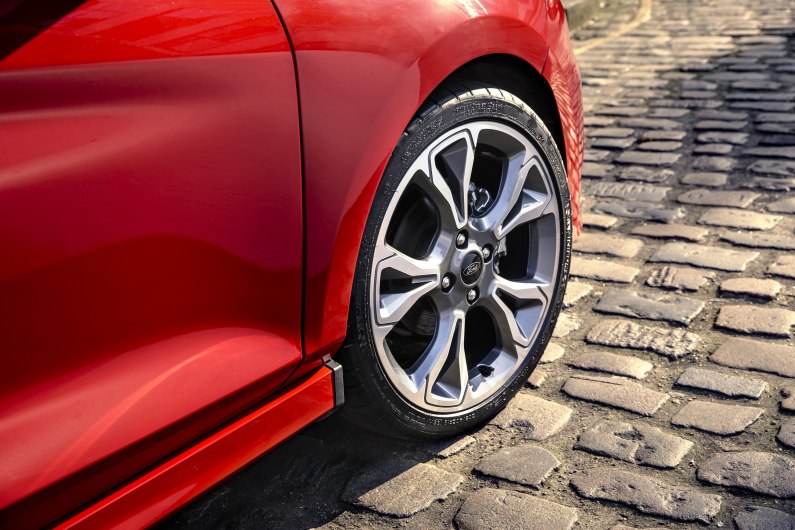
(Ford)
Following on from the previous Fiesta, there’s the option between a more utilitarian standard ‘Van’ and the bolder ‘Sport Van’ tested here, which is on par with the ST-Line variants in the Fiesta hatchback range.
Gone are the rear seats, and instead the space has been opened up to reveal one cubic metre of cargo area that stretches 1.3m front to back, with a payload of 500kg. The rear side windows have also been replaced by painted panels.
What’s under the bonnet?
The Sport Van is offered with the option of one petrol and one diesel engine.
The petrol is the ever-popular 123bhp 1.0-litre EcoBoost petrol engine, but those who wish to carry a bit more weight and cover more miles will likely appreciate the extra torque from the 1.5-litre diesel engine fitted to our test car, which sends its power to the front wheels via a slick six-speed manual gearbox.
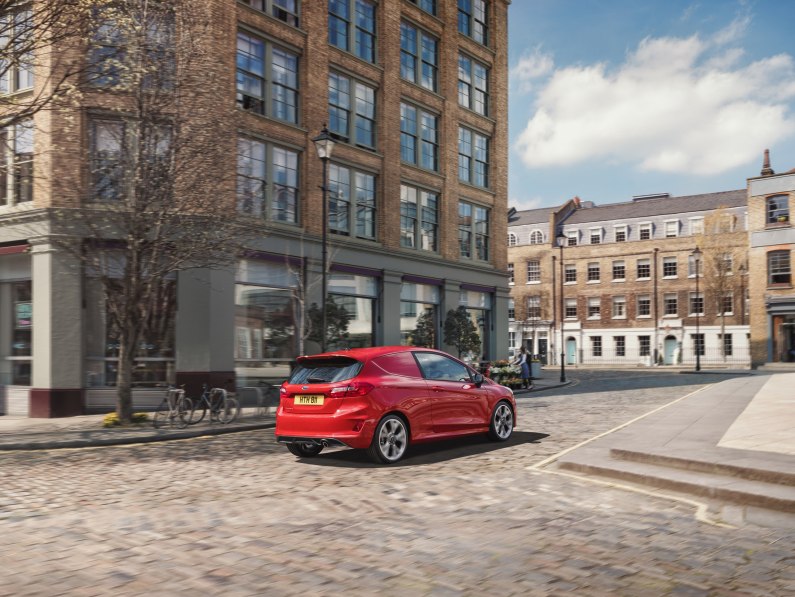
(Ford)
The unit produces 118bhp and 230Nm of torque, and while Ford doesn’t quote performance figures for its vans, it tells us that this Fiesta is “identical” to the standard ST-Line hatchback, which means a 0-60mph time of 8.9 seconds and a top speed of 121mph.
It certainly feels like plenty of power in something of this size, and the engine is surprisingly refined for a small diesel unit, while also returning a claimed fuel economy figure of 64.2mpg, with low CO2 emissions of 111g/km.
What’s it like to drive?
In the supermini class, the Fiesta is the go-to choice when it comes to driving enjoyment, thanks to its superb chassis and well-balanced steering.
And any hesitations that the van won’t be as good to drive as the hatchbacks are quickly quashed, with the Sport Van feeling just as sharp as the normal car, with superb grip levels and little roll in the corners even when it’s being driven enthusiastically. It’s unlikely that small business owners will be driving it in this way, though, which is why it’s pleasing that the Fiesta is also a refined and comfortable cruiser.
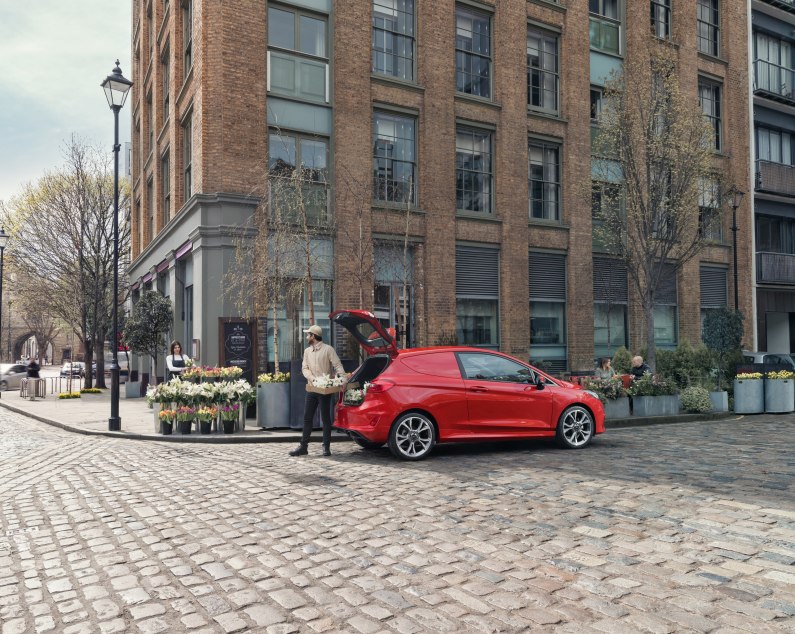
(Ford)
It’s only the combination of the lowered sports suspension and the optional 18-inch alloy wheels on this Sport Van model that can make the Fiesta feel a notch too firm, but despite this it still remains comfortable over long distances.
How does it look?
Vans are known for being slab-sided boxes of dullness (it’s quite hard to make something both practical and stylish) but with the Fiesta being a smaller model, this van gets away with still being quite the looker.
